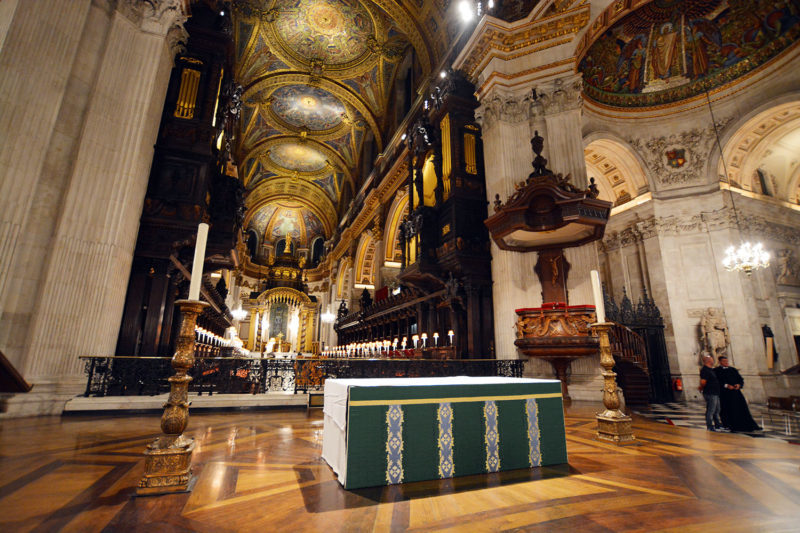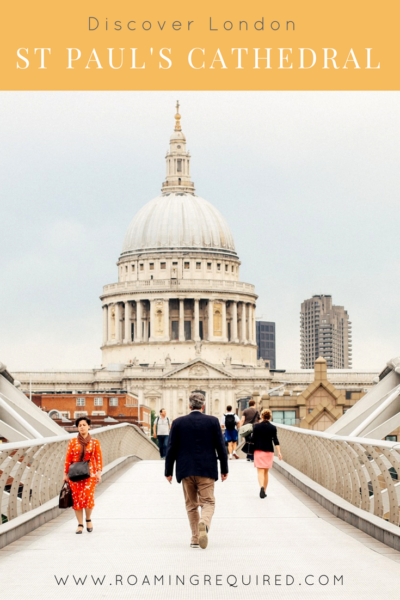Last updated: 29 July 2023
On 2 September 2016, London commemorated the 350th anniversary of the Great Fire of London. A fire that raged for three nights through the medieval city destroying more than 80% of the entire city, including the original St Paul’s Cathedral which stood on the same site.
Over the last 350 years plenty of architectural achievements have been made in the city of London. Churches and parishes have been rebuilt, the narrow market streets have been restored and more recently the London skyline flourished with the addition of cutely nicknamed glass-skyscrapers and an observation wheel. Despite all the new buildings and flashy modernisation of the city, nothing is more recognisable in the London skyline than the dome of St Paul’s Cathedral.
After the Great Fire of 1666, Sir Christopher Wren was commissioned to design and build a central place of worship in the city. 32 years later, the Cathedral was consecrated. At 111m high, it was the tallest building in the city until 1965 when it was surpassed by BT Tower.
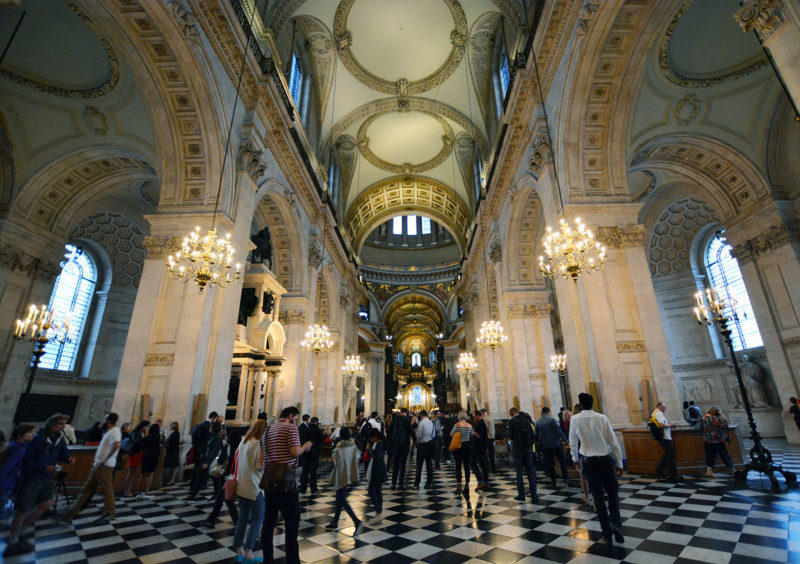
The St Paul’s Cathedral we know today occupies a significant place in the English national identity. It was the central subject of much propaganda material during WWII. One can’t forget the iconic image of the Cathedral’s dome surrounded by the smoke and fire of the Blitz, which became a symbol of the Londoner’s resilience to war and change.
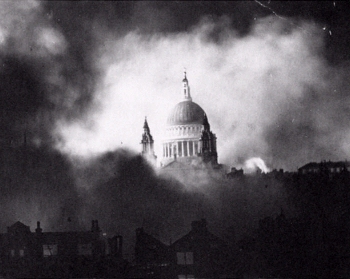
A place for joy and a place for mourning, St Paul’s has been the central home to both. It was the location of Prince Charles and Lady Diana Spencer’s wedding in 1981, as well as funerals for some of the country’s biggest names, Churchill, Thatcher, Nelson & Wellington just to name a few.
Throughout your visit you’ll be able to explore the Cathedral floor, nave and impressive high altar before descending into the crypt. In the crypt, be sure to pay homage to some famous names that shaped British history, including the impressive tombs of both Wellington and Nelson.
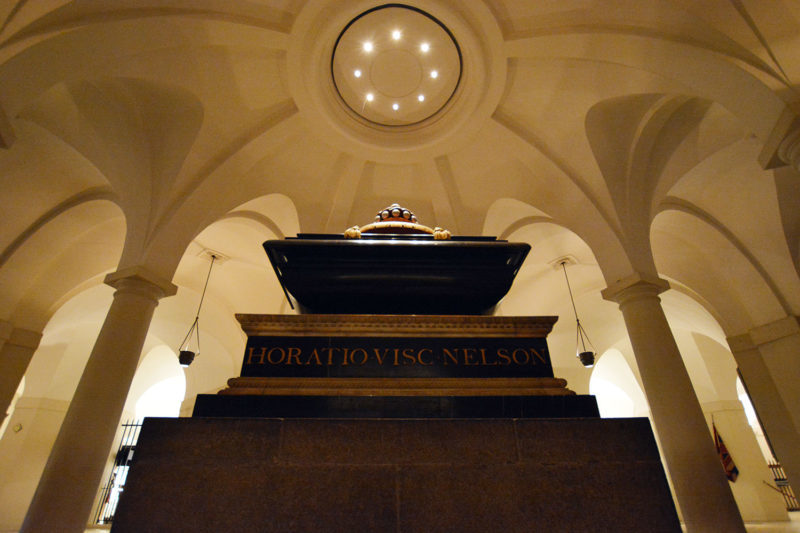
However, whilst you might expect a grandiose tomb for the most important figures in English history, there are a few surprises. One of the most highly acclaimed English architects in history, and designer of St Paul’s, Sir Christopher Wren, has a modest place on the crypt wall. The marble monument, not tomb, to the memory of Florence Nightingale is worth visiting and paying respects during your time in the crypt.
Among the exhibits in the crypt is Oculus. A new state-of-the-art projection technology to immerse visitors in stories and the history of the Cathedral, Oculus brings St Paul’s to life for a whole new generation.
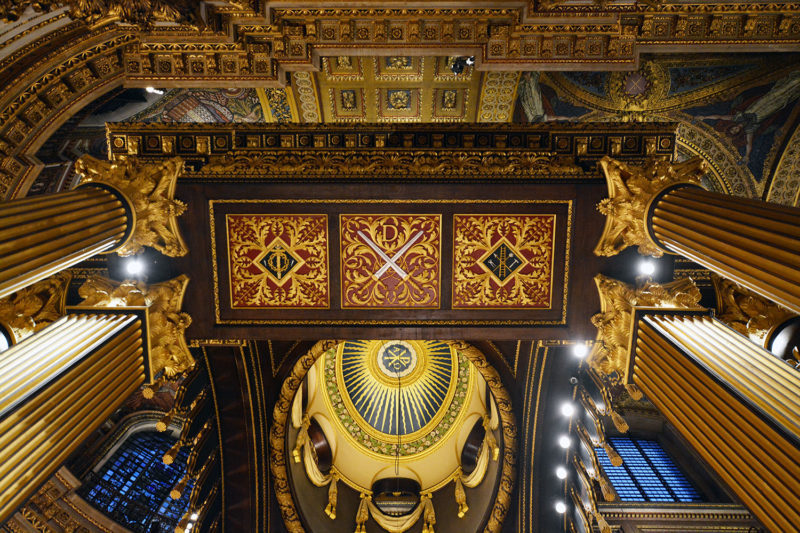
Putting religious beliefs aside, St Paul’s is awe-inspiring. The experience of entering the Nave and walking up the aisle, retracing the same footsteps as so many others would have over the centuries, it can become quite overwhelming.
We attended a special late opening to commemorate the 350th anniversary of the Great Fire. The strict no photography allowed rule was relaxed during this special occasion affording us the opportunity to capture some wonderful photos of an architectural marvel.
Why Go?
One of the most pivotal and accessible buildings on the London skyline it ranks high on not only the tourist to-do list but also for many London locals.
Despite its imposing exterior, this impressive feat of architecture is best viewed from the inside. With centuries old artwork adorning the walls, worn marble and inlaid headstones scattered throughout the Cathedral, you’re literally walking on the who’s who of British history.
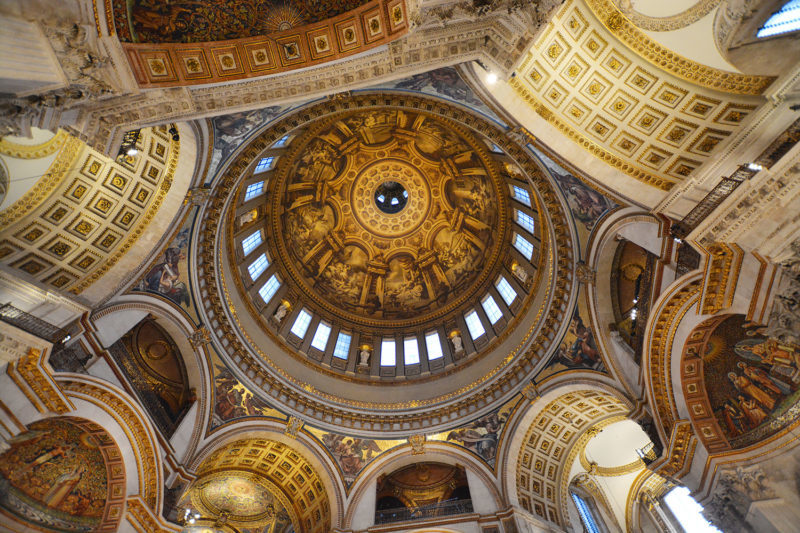
If you’re able-bodied and don’t mind the prospect of 528 steps, then the climb to the galleries is an absolute must because the views are incredible. To stand at the top and watch the city of London unfold in all its grandeur is nothing short of spectacular.
Access to the galleries is limited to a more than hundred steps at each level with no access to mod-cons of an elevator. The Golden Gallery, some 85 meters above the Cathedral floor is the highest you can ascend.
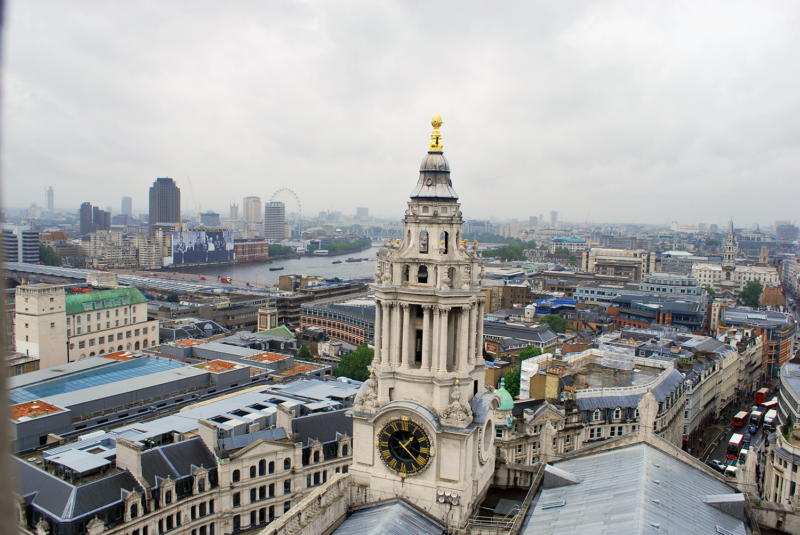
In order to get the most out of your visit, be sure to collect one of the audio guides upon entry. These are included in the ticket price. Available in nine languages, these guides provide a wealth of information both audio and onscreen visuals on the iPhone-like device. In-depth history lessons, guides on artworks, famous names, and which draw your attention to the smallest of worn stones that you may otherwise have simply walked past and not given a second thought.
Tickets/Entry
First and foremost, St Paul’s is a functioning and major place of worship. St Paul’s charges adult sightseers, not worshippers, a hefty admission charge of £18 (£16 online). You’ve only got to glance on TripAdvisor to see the outrage at the admission prices. However, if you wish to, you can avoid it.
Outside service times, people seeking a quiet place to pray or worship are admitted to St Dunstan’s Chapel free of charge. On Sundays, visitors are only admitted only for services and concerts and there is no sightseeing permitted.
The daily (Mon-Fri) 5pm Evensong service is a great introduction to the Cathedral. A moving experience to sit under the dome and listen to the angelic voices of the choir resonate throughout the walls. It’s free to enter however there’s little to no time for sightseeing with ushers keen to whisk out parishioners promptly after the service.
Should you enter as a worshipper you’ll enter for free, be expected to maintain a reserved decorum. It’s my opinion, the biggest loss of entering as a worshipper is being unable to acquire a multimedia guide which would have otherwise been included in your ticket cost.
Want to pay AND save?
Go by National Rail and use the Days Out coupon for 2 for 1 entry.
The Essentials | St Paul’s Cathedral
Located centrally within London’s square mile, St Paul’s couldn’t be more accessible. Countless number of buses fly past the Cathedral every day.
Rail: Access to National Rail from Blackfriars, City Thameslink & Cannon Street.
Tube: St Paul’s station is a 2 minute walk to the Central line. A short 5 minute walk to Mansion House or Blackfriars will provide access to District & Circle lines.
